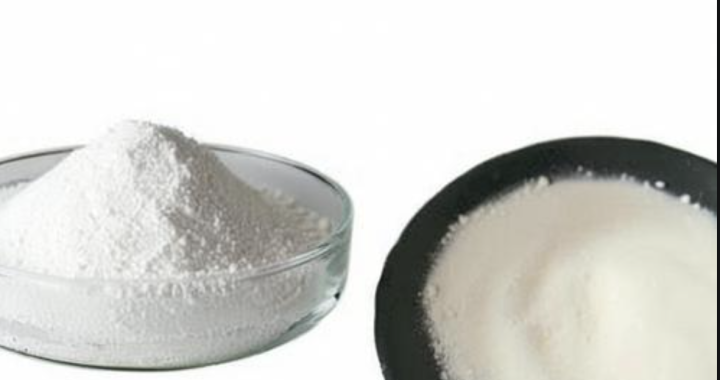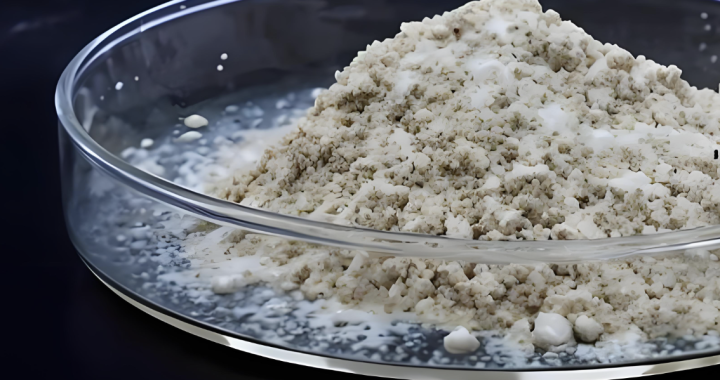Iron Ore Shipments Decline as Demand Weakens
As of November 8, 2024, the Baltic Dry Index (BDI) rose to 1,495 points, marking an 85-point increase (up 6.03%) since October 26. The Capesize Index (BCI) surged by 460 points, or 24.78%, while the Panamax Index (BPI) dropped 25 points, down 2.08%.
Iron Ore Market Trends
Global iron ore shipments for November 4–10 declined by 1.343 million tons to 30.207 million tons. However, foreign ore arrivals increased, with total iron ore arrivals at China’s 47 major ports rising by 1.384 million tons to 24.903 million tons. Despite a slight drop in port inventory, levels remain elevated.
On the demand side, steel mill profitability has been on a downward trend for three consecutive weeks, falling 1.3% to 59.74%. The blast furnace operating rate edged down by 0.15% to 82.29%, while daily iron production decreased by 14,100 tons to 2.3406 million tons. This reflects continued declines in iron production amid weakening demand. As the peak season ends, demand is marginally weakening, further pressured by low steel mill profitability. The current expansion cycle appears to be tapering off.
Overall, iron ore fundamentals are showing marginal weakness, with market sentiment cooling. Trading activity is expected to increasingly align with underlying fundamentals.
Coal Market
Global coal production hit a record high in 2023, driven by increased output in China, India, and Indonesia. Over 30 new coal mines began operations last year, with 25 in China and 4 in India.
China remains the dominant supplier, accounting for approximately 55% of global coal production. India achieved record coal output growth for the second consecutive year, nearing Indonesia’s production levels to become the world’s second-largest coal producer. India also plans to double coal production by 2030.
Despite higher domestic production, China continued to increase its coal imports, while Indonesia and Mongolia expanded their coal exports to meet global demand.
Grain Market
The global grain futures market experienced volatility due to a stronger U.S. dollar, improved weather, and policy shifts.
- Wheat futures posted their largest decline since June, pressured by a strong dollar and favorable weather in key growing regions boosting output.
- Corn futures remained flat amid demand concerns.
- International tender demand lent some support to prices, but the dollar’s strength continued to erode the global competitiveness of U.S. agricultural commodities.
These dynamics reflect a challenging environment for grain markets, as currency and weather factors heavily influence global pricing.
Main source: Shipbid.net
Contact us to get an import and export sample report of your target commodity now.









